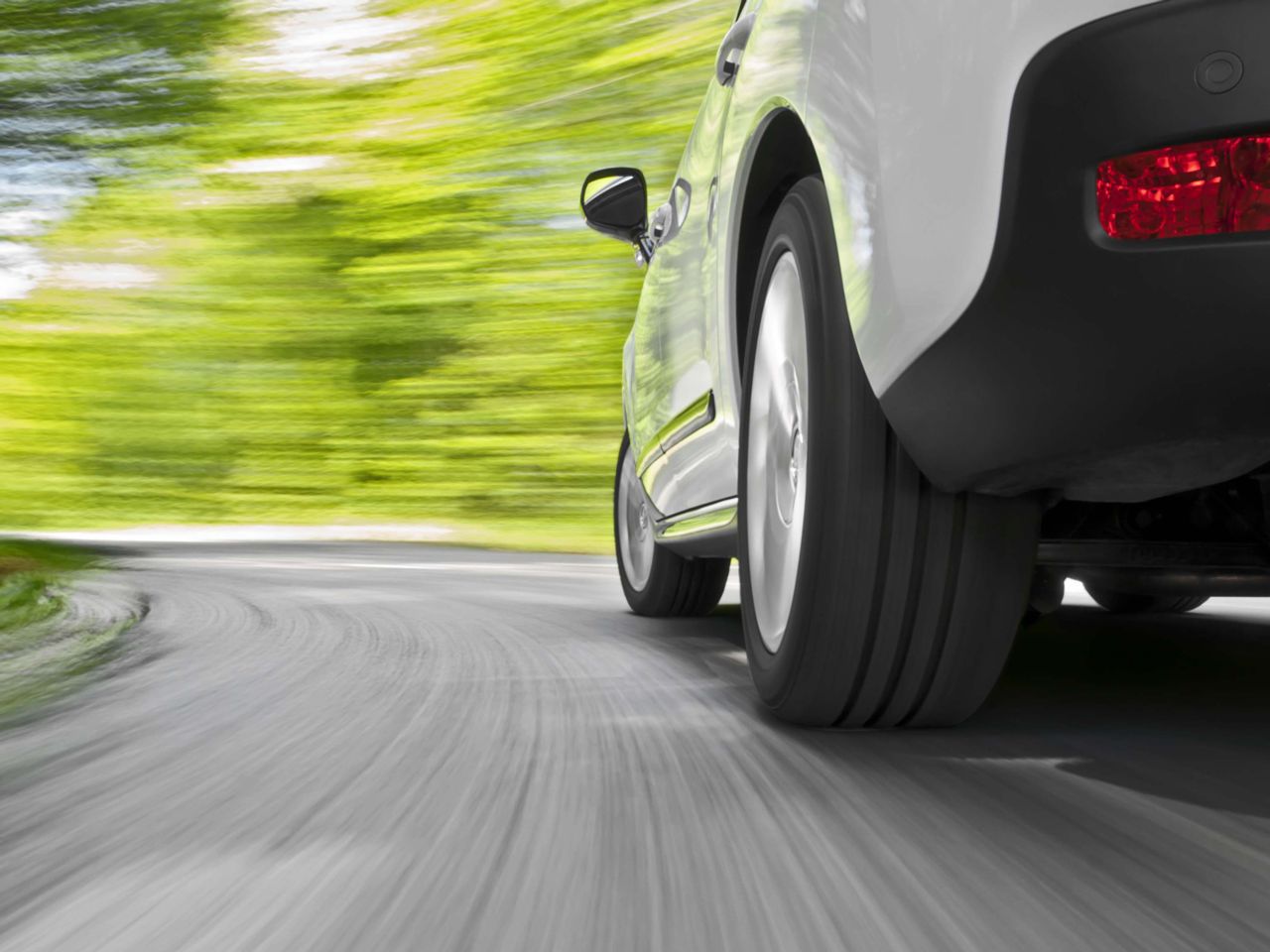
Related: How To Help Road Accident Victims In Kentucky
Cable barriers in Kentucky
There are more than 51 miles of cable barriers in Jefferson County. It cost around $130,000 per mile. From 2006 until August 2009, these barriers were hit 609 times. The cable barriers cover many of the interstates in Kentucky. There are also barriers in Floyd and Clark Counties in Indiana. Law enforcement officers estimated that the barriers have saved 100s of lives and will continue to save lives.
Benefits of cable barriers
The cable barriers have several benefits over concrete barriers. One of the most important benefits is they help save lives. Other benefits include:
- They are significantly less expensive at $130,000 per mile as compared to $400,000 per mile for concrete barriers.
- Cars that hit the barriers often get stuck between the cables and do not rebound back into traffic.
- The cable barriers absorb the energy of impact helping to minimize the severity of some injuries.
Are cable barriers really that much safer for all types of vehicles?
There are groups who opposed using cable barriers, such as motorcyclists. Jay Huber, the president of the Kentucky Motorcycle Association/Kentucky Bikers Association, called the cable barriers “a cheese slicer.” This is something many car drivers may not think of. How would a barrier made of cables stop an out of control motorcycle? The answer is the same way it stops a car, but unfortunately, the motorcyclist is exposed to their surrounds. That means, when they hit the cable barrier, their motorcycle and body hit the barrier. That could be dangerous and deadly to the rider.
Huber believes that the installation of nylon straps or mesh over the cables would reduce this danger. There was objection to this addition. The objection against this safety measure is the additional cost of installation. Additionally, there have been no motorcyclists seriously injured or killed due to striking the cable barriers.
Another problem, according to the Kentucky State Police, is that the barriers prolong emergency vehicle response time. This doesn’t occur very often, but vehicles have had to travel an extra two to three miles to find a cut through to get to the accident scene. Those few minutes can make a difference in someone’s life if they are seriously injured in an accident. You may be wondering, “Why don’t they add more gaps for emergency vehicle to use to cross into the other lane?” The answer is the cost would be higher to install the cable barrier and an out of control car could get through the gap.
As a Kentucky Accident Attorney, I don’t believe that additional cost should be a consideration if the gaps put in the cable would allow a quicker response by emergency vehicles. I wonder how much it would cost? If the gaps have overlapping sections within the gaps that are around 50 to 100 feet long, then an out of control car would be less likely to get through. The bottom line is that cable barriers have saved lives and will continue to save more lives. I hope they find a way to make it safer for everyone, from cars to motorcycles, so that way everyone can feel safe as they drive or ride.
For more information contact the Louisville personal injury lawyers at The Shafer Law Office today!
Related: Louisville Uber Accident Lawyer


